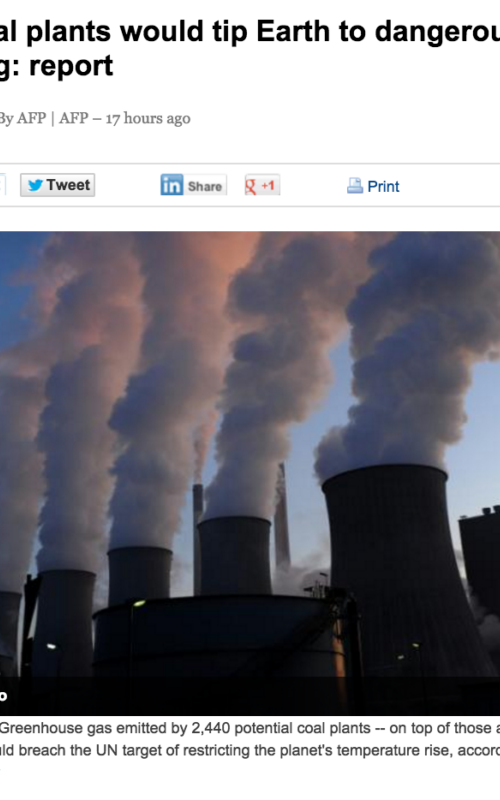Media coverage
Share

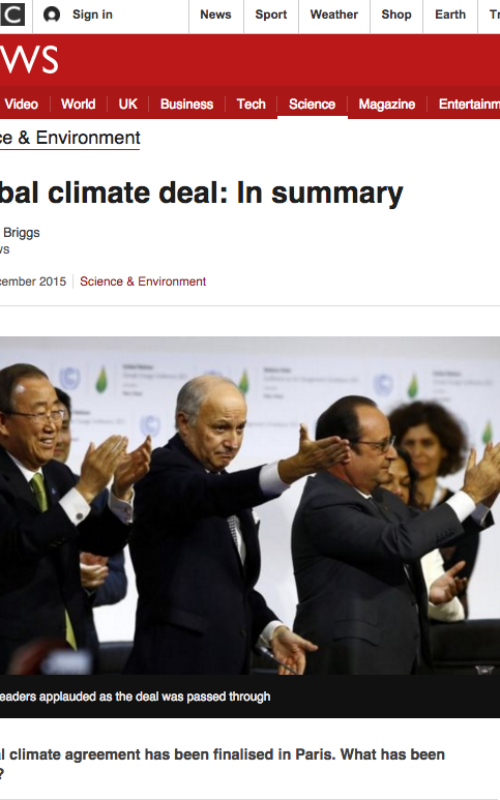
BBC News
The desire for a more ambitious goal has been kept in the agreement - with the promise to "endeavour to limit" global temperatures even more, to 1.5C.
Dr Bill Hare, CEO of Climate Analytics, says the objective is "remarkable".
"It is a victory for the most vulnerable countries, the small islands, the least developed countries and all those with the most to lose, who came to Paris and said they didn't want sympathy, they wanted action."
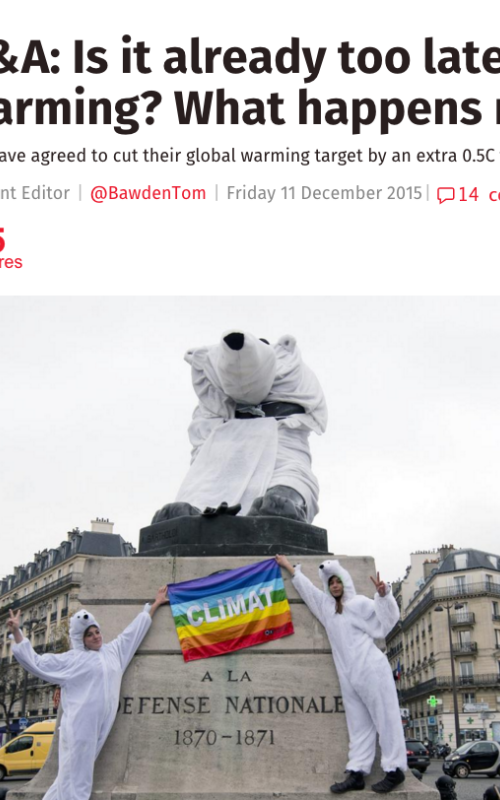
The Independent
World leaders in Paris have agreed to cut their global warming target by an extra 0.5C to 1.5C. Carl-Friedrich Schleussner, a scientist who has worked on research for the IPCC, said this week: “The window for limiting warming to 1.5C is still open, but closing fast”.

Carbon Brief
Scientists discuss the1.5°C temperature limit - featuring Climate Analytics' Dr. Carl-Friedrich Schleußner and Dr. Joeri Rogelj
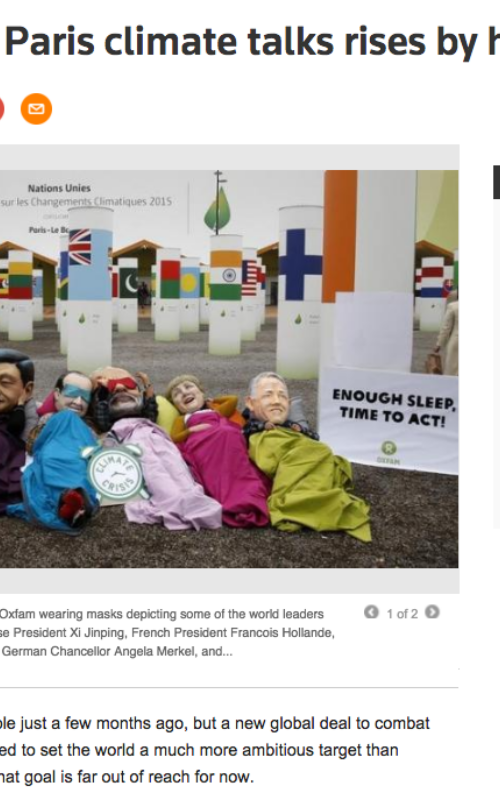
Reuters
Michiel Schaeffer, a researcher with Climate Analytics, said the only difference between achieving 1.5C and 2C was the speed at which carbon-reducing technologies such as energy efficiency and carbon capture and storage had to be deployed: "If you want to get to 1.5 degrees, you need to deploy them five, 10 or 20 years sooner."
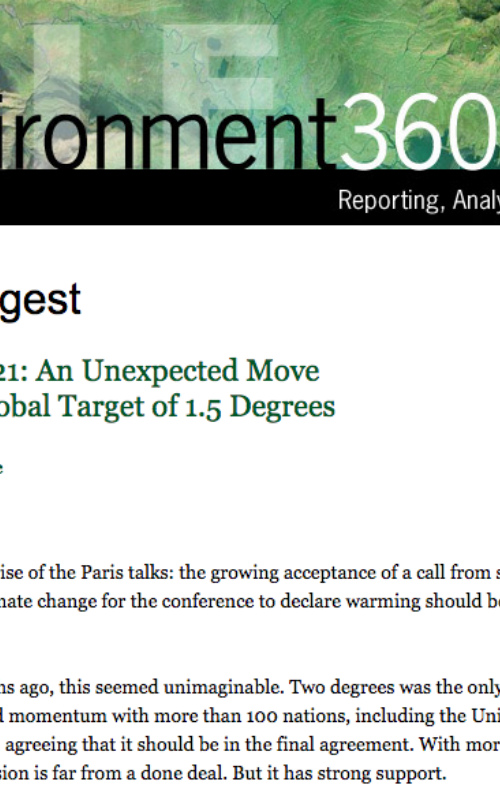
Yale Environment 360
It is the big surprise of the Paris talks: the growing acceptance of a call from small nations most vulnerable to climate change for the conference to declare warming should be halted at 1.5 degrees Celsius. Article includes comments from Climate Analytics Dr Michiel Schaeffer and Bill Hare.
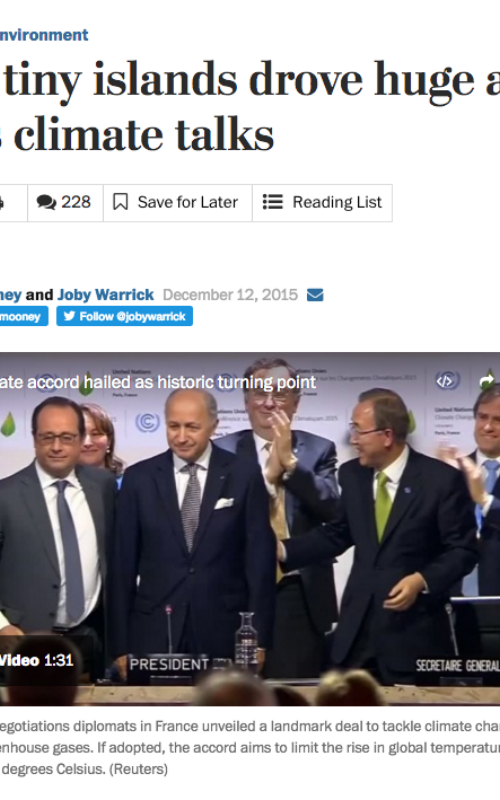
The Washington Post
The growing momentum behind 1.5 degrees is a story of fast-breaking science, savvy politics and a change in tone in the climate debate — one that has focused increasing attention on the needs of the most vulnerable countries. Article quoting Climate Analytics CEO Bill Hare and Science Director Michiel Schaeffer.
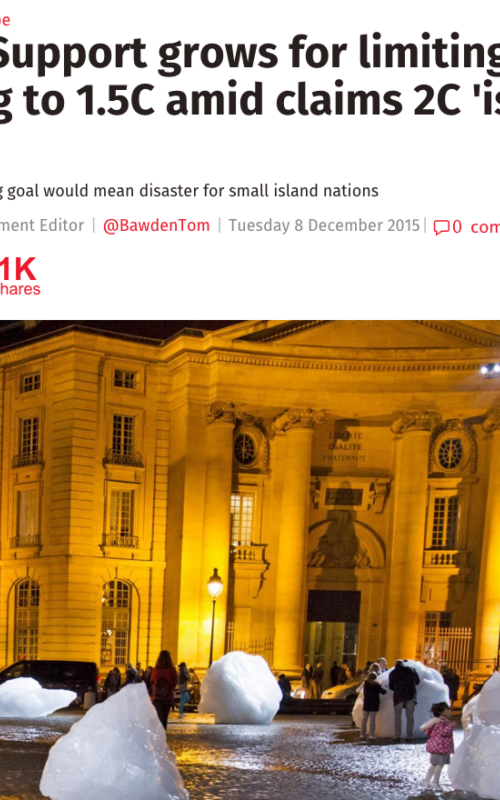
Independent
Dozens of countries are demanding that the long-standing goal of limiting global warming to 2C be discarded – and replaced with a far more ambitious target of 1.5C.
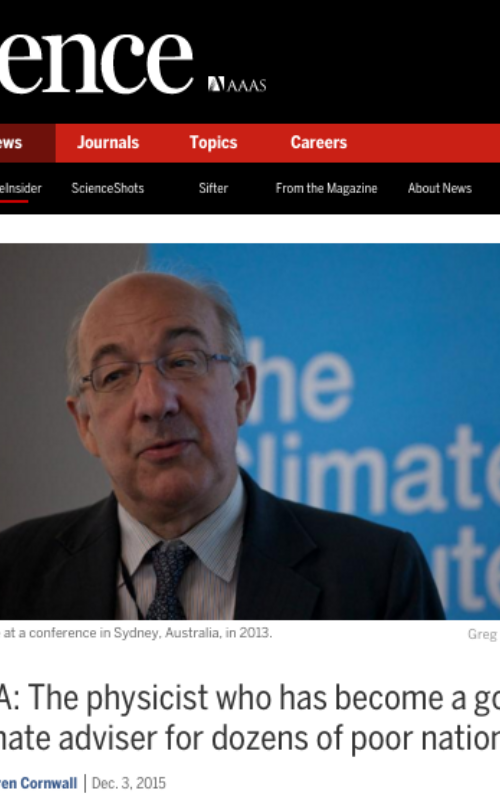
Science
Bill Hare, a physicist and climate scientist, has become a scientific adviser for some of the nations on the front lines of climate change—poor countries with limited resources to adapt. His Berlin-based nonprofit, Climate Analytics, was established in 2008, with funding from the German government, to help provide scientific and technical advice about climate change to the poorest and most vulnerable developing countries.
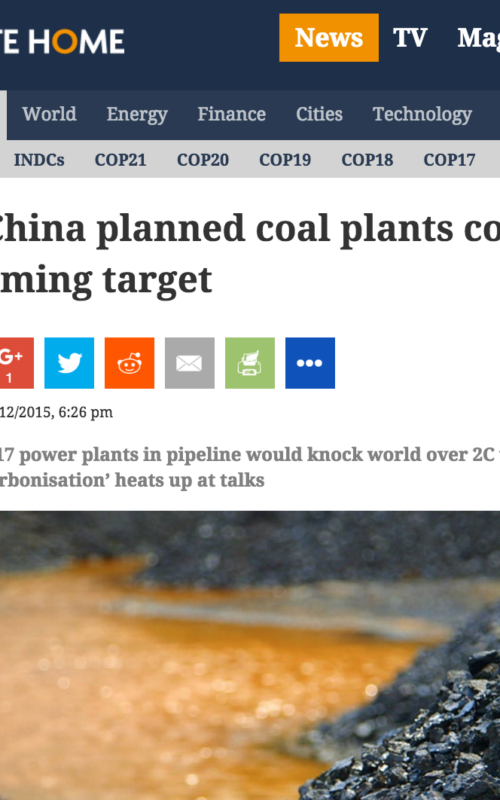
Climate Home
India and China alone plan to build 1617 new coal power plants by 2030, which will blow hopes of keeping global warming to safe levels out of the water - the Climate Action Tracker.
